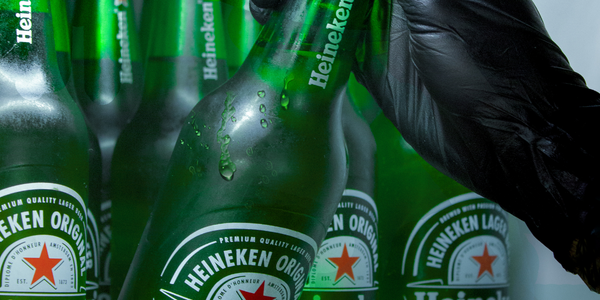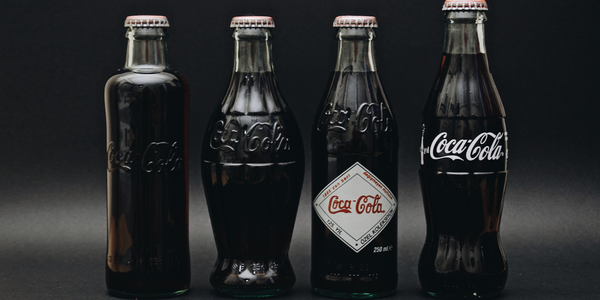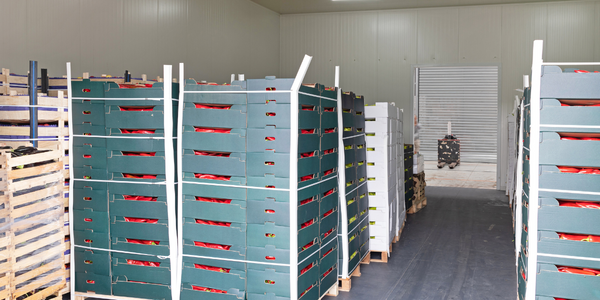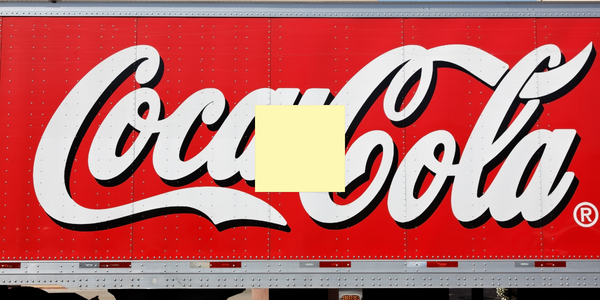Customer Company Size
Large Corporate
Region
- Europe
Country
- Germany
Product
- GENESIS32
- GraphWorX
Tech Stack
- OPC
- Profibus
- Siemens S7 PLC
- Microsoft Windows 2000
Implementation Scale
- Enterprise-wide Deployment
Impact Metrics
- Productivity Improvements
- Innovation Output
Technology Category
- Application Infrastructure & Middleware - API Integration & Management
Applicable Industries
- Food & Beverage
Applicable Functions
- Discrete Manufacturing
- Quality Assurance
Use Cases
- Manufacturing System Automation
- Process Control & Optimization
Services
- Software Design & Engineering Services
- System Integration
About The Customer
KHS Maschinen is a market leader in the deployment of Aseptic Cold Filling (ACF) applications for the beverage market. The company is headquartered in Dortmund, Germany, and offers the highest level of competence as an international full-service provider in planning, deploying, and maintaining filling and packaging applications for the food and beverage industries. In 2003, KHS generated revenue of 700 million Euros with 3,200 employees around the world. One of its clients, Eckes-Granini Deutschland GmbH, is a market leader in Europe in the fruit juice market. At its facilities in Bad Fallingbostel, Germany, Eckes-Granini successfully deployed an innovative aseptic cold filling application by KHS.
The Challenge
KHS Maschinen, a market leader in the deployment of Aseptic Cold Filling (ACF) applications for the beverage market, was looking for a solution to control its applications and machines and to visualize the entire ACF process. The ACF process allows for fruit juices to be filled into PET bottles at a temperature of only 68 Deg F (20°C), eliminating the need for preservatives and improving product quality. However, this process required a sophisticated solution for scalability, graphic capabilities, and modularity for machine control and visualization.
The Solution
KHS standardized on GENESIS32™ to control its applications and machines and to visualize the entire ACF process. The GENESIS32 Software Suite met KHS’ sophisticated needs for scalability, graphic capabilities, and modularity for machine control and visualization. GENESIS32 communicates via OPC and Profibus to a Siemens S7 PLC and I/O running on the Microsoft Windows 2000 operating system. GENESIS32 also offers an excellent international language switching technology. Graphic symbols, as well as trend and alarm applications, can be created once and reused all over the world, resulting in tremendous savings in areas of applications engineering and support. Another major advantage of GENESIS32 is its integration in today’s IT environments. Using GenBroker™, OPC and SOAP/XML communications technology makes it easy to connect and visualize processes in existing IT structures. Also, accessing enterprise-wide databases is essential when analyzing historical production and business data.
Operational Impact
Quantitative Benefit

Case Study missing?
Start adding your own!
Register with your work email and create a new case study profile for your business.
Related Case Studies.

Case Study
The Kellogg Company
Kellogg keeps a close eye on its trade spend, analyzing large volumes of data and running complex simulations to predict which promotional activities will be the most effective. Kellogg needed to decrease the trade spend but its traditional relational database on premises could not keep up with the pace of demand.

Case Study
HEINEKEN Uses the Cloud to Reach 10.5 Million Consumers
For 2012 campaign, the Bond promotion, it planned to launch the campaign at the same time everywhere on the planet. That created unprecedented challenges for HEINEKEN—nowhere more so than in its technology operation. The primary digital content for the campaign was a 100-megabyte movie that had to play flawlessly for millions of viewers worldwide. After all, Bond never fails. No one was going to tolerate a technology failure that might bruise his brand.Previously, HEINEKEN had supported digital media at its outsourced datacenter. But that datacenter lacked the computing resources HEINEKEN needed, and building them—especially to support peak traffic that would total millions of simultaneous hits—would have been both time-consuming and expensive. Nor would it have provided the geographic reach that HEINEKEN needed to minimize latency worldwide.

Case Study
Energy Management System at Sugar Industry
The company wanted to use the information from the system to claim under the renewable energy certificate scheme. The benefit to the company under the renewable energy certificates is Rs 75 million a year. To enable the above, an end-to-end solution for load monitoring, consumption monitoring, online data monitoring, automatic meter data acquisition which can be exported to SAP and other applications is required.

Case Study
Coca Cola Swaziland Conco Case Study
Coco Cola Swaziland, South Africa would like to find a solution that would enable the following results: - Reduce energy consumption by 20% in one year. - Formulate a series of strategic initiatives that would enlist the commitment of corporate management and create employee awareness while helping meet departmental targets and investing in tools that assist with energy management. - Formulate a series of tactical initiatives that would optimize energy usage on the shop floor. These would include charging forklifts and running cold rooms only during off-peak periods, running the dust extractors only during working hours and basing lights and air-conditioning on someone’s presence. - Increase visibility into the factory and other processes. - Enable limited, non-intrusive control functions for certain processes.

Case Study
Temperature Monitoring for Restaurant Food Storage
When it came to implementing a solution, Mr. Nesbitt had an idea of what functionality that he wanted. Although not mandated by Health Canada, Mr. Nesbitt wanted to ensure quality control issues met the highest possible standards as part of his commitment to top-of-class food services. This wish list included an easy-to use temperature-monitoring system that could provide a visible display of the temperatures of all of his refrigerators and freezers, including historical information so that he could review the performance of his equipment. It also had to provide alert notification (but email alerts and SMS text message alerts) to alert key staff in the event that a cooling system was exceeding pre-set warning limits.

Case Study
Coca-Cola Refreshments, U.S.
Coca-Cola Refreshments owns and manages Coca-Cola branded refrigerators in retail establishments. Legacy systems were used to locate equipment information by logging onto multiple servers which took up to 8 hours to update information on 30-40 units. The company had no overall visibility into equipment status or maintenance history.






